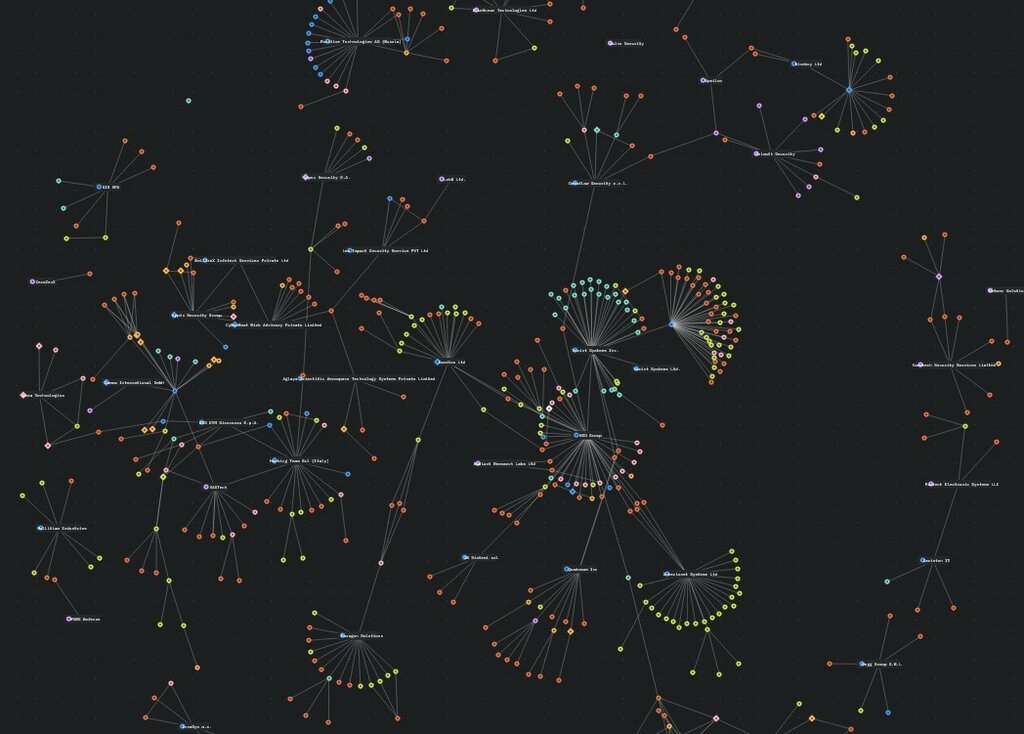The National Gallery will stage the most significant collection of Renoir paintings seen in the UK for two decades. The major exhibition, titled Renoir And Love, will showcase more than 50 works by the French impressionist master.
The London gallery will display the collection from October next year, running until January 31, 2027. The exhibition has been organised in partnership with the prestigious Musee d'Orsay in Paris and the Museum of Fine Arts in Boston.
Focus on artistic evolution
Renoir And Love will concentrate on a crucial period in the artist's career, spanning from the mid-1860s to the mid-1880s. During this time, Renoir developed his distinctive approach to capturing human relationships and emotions on canvas.
A National Gallery spokesman said the exhibition "traces the evolution of the imagery of affection, seduction, conversation, male camaraderie and the sociability of the cafe and theatre, as well as merry-making, flirtation, courtship and child-rearing in Renoir's art". The collection will demonstrate how the artist chronicled the social dynamics of his era.
Curator highlights emotional themes
Christopher Riopelle, the Neil Westreich Curator of Post 1800 Paintings at the National Gallery and exhibition co-curator, emphasised Renoir's unique focus on human connections. "More than any of his contemporaries, Renoir was committed to chronicling love and friendship and their informal manifestations as keys to modern life," Riopelle said.
The curator drew parallels between Renoir's treatment of emotion and light, noting how both subjects shared similar qualities. "Whether on Parisian street corners or in sun-dappled woodlands, he understood that emotion could be as fleeting, as evanescent, as blinding, as his other great and transitory subject, sunlight itself," Riopelle explained.
The exhibition will run from October 3 next year until January 31, 2027, offering visitors an extended opportunity to experience this comprehensive survey of Renoir's exploration of love and human relationships.
(PA/London) Note: This article has been edited with the help of Artificial Intelligence.








